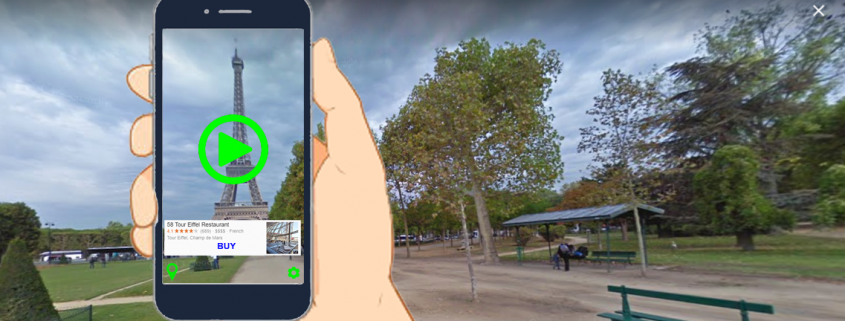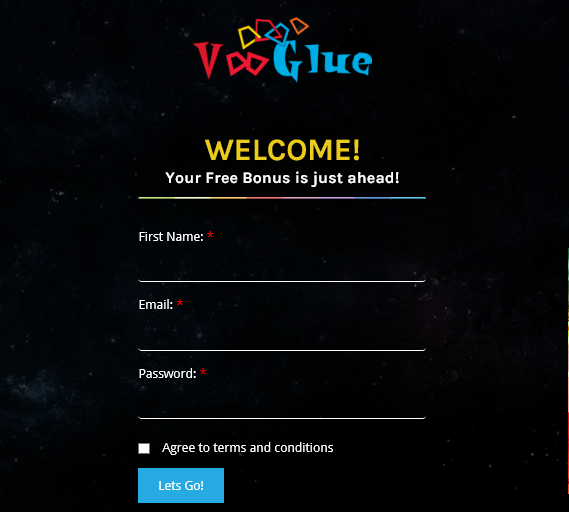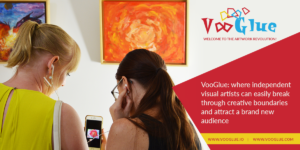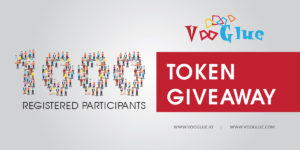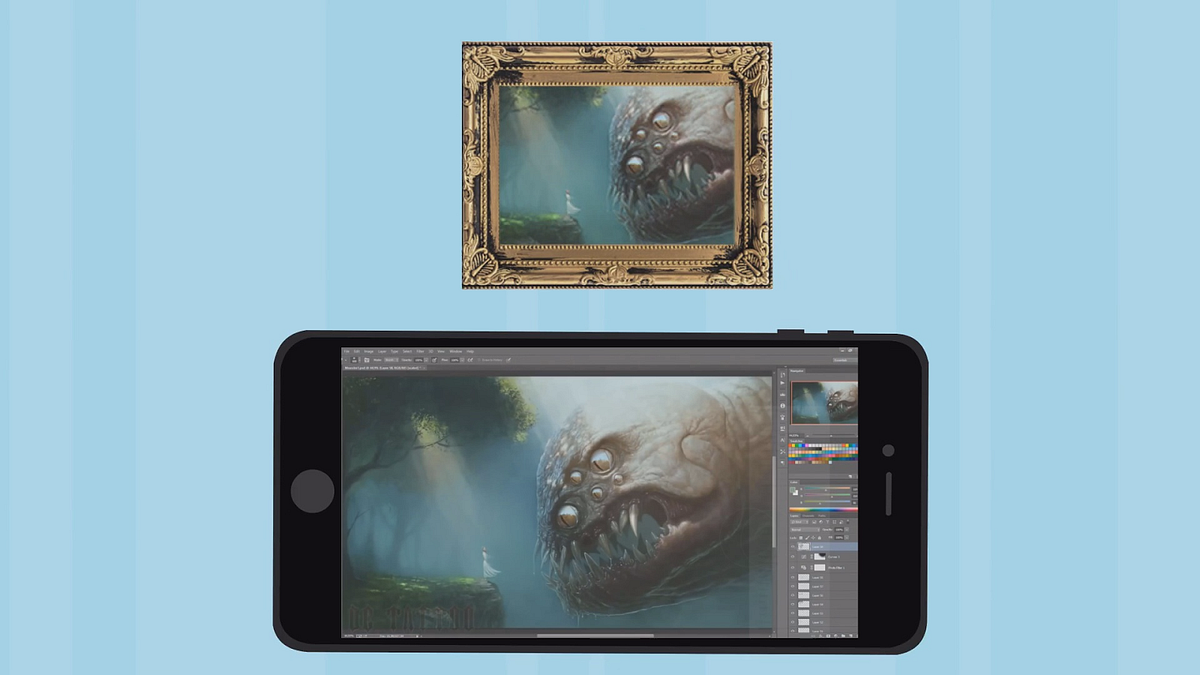Facebook Policy
It seems Facebook has a history of doing this to other people. You can read in Lee Cambells post from 2 years back and there are more of similar nature in the link. Not much has changed it appears, since our experience follows roughly the same path.

https://www.facebook.com/business/help/community/question/?id=855298754602330
In early April 2018 Facebook deleted our VooGlue page without warning or notice, and no amount of emails to them has provided any reason. The page was 4 years old, had many hundreds of posts in its history and an audience of 20,000. In mid April we started a new Facebook page from scratch with Zero followers, we built it out with our blog history and stated to build our audience, then on 15th May Facebook did it again! Deleting our page without recourse! That’s when we decided to reduce our reliance Facebook.
It seems we are in good company, though for different reasons. Some major companies are deleting their Facebook pages in protest to reported data privacy breaches under the hashtag #DeleteFacebook.
http://www.newsweek.com/which-companies-have-deleted-facebook-list-cambridge-analytica-863775
Our reason is control of our post publishing history. From now on our blog posts will be here on this blog were we have full control and we may re-post them on Facebook when we have a page there. If we are maintaining a Facebook page then the link to it will be below, otherwise it will say “No Facebook Link At This Time”. Either way and you see all our blog post history right here. Enjoy!
Facebook Link Is ACTIVE.








